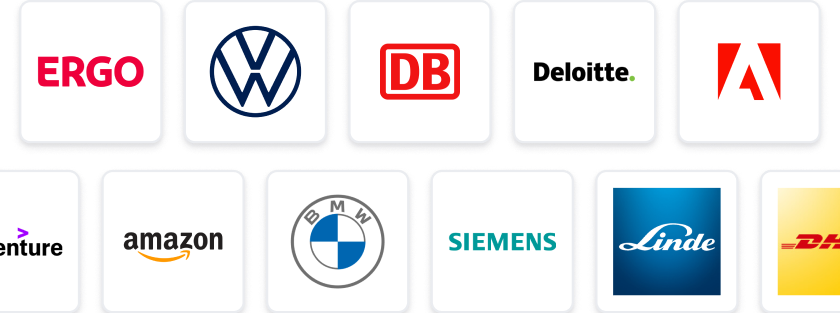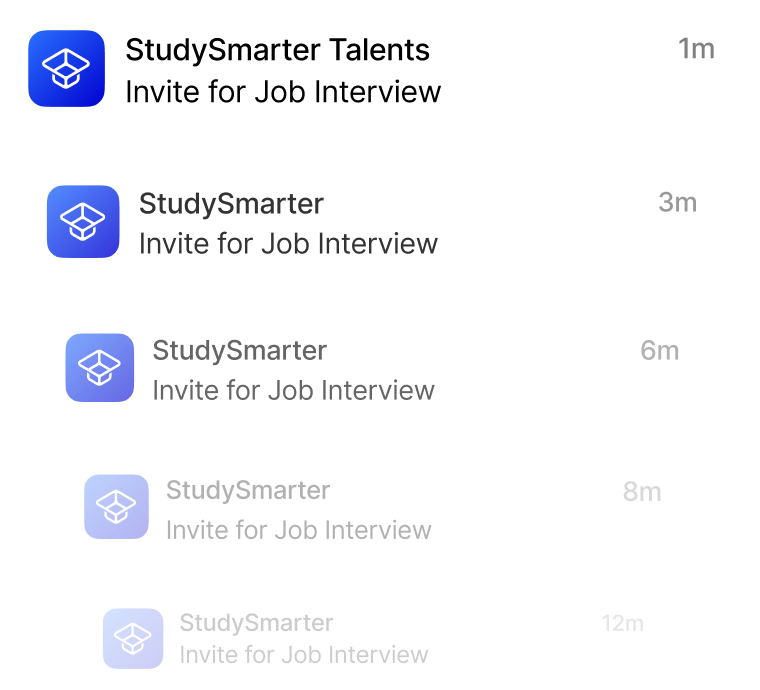At a Glance
- Tasks: Lead a team to shape enterprise technology strategy and drive cloud transformation.
- Company: Join a leading global law firm with a focus on innovation and excellence.
- Benefits: Enjoy hybrid working, competitive salary, and opportunities for professional growth.
- Why this job: Be part of a dynamic team influencing technology in a prestigious industry.
- Qualifications: 10+ years in enterprise architecture with expertise in cloud platforms and IT leadership.
- Other info: No sponsorship available; ideal for experienced professionals in regulated environments.
The predicted salary is between 72000 - 108000 £ per year.
Job Description
Senior Enterprise Architect
London- Canary Wharf- hybrid working
A leading global law firm is seeking an experienced and forward-thinking Enterprise Architect to lead and shape the enterprise technology strategy across its UK operations. This role plays a key part in guiding cloud, infrastructure, data, and application architecture, with a strong focus on stakeholder engagement, innovation, and governance.
Reporting to the Principal Architect, you'll join a global architecture function and lead a small team of architects while collaborating with senior business and technology stakeholders across regions.
Key Responsibilities
- Lead and mentor a regional team of enterprise, application, and infrastructure architects, promoting technical excellence and cross-functional collaboration.
- Shape and execute architectural roadmaps aligned with business strategy, regional IT goals, and global principles.
- Drive infrastructure and cloud transformation initiatives, focusing on scalability, security, and operational efficiency.
- Establish and govern enterprise architecture standards, principles, and best practices through review boards and strategic oversight.
- Champion modern DevOps, automation, and cloud-native practices, fostering a culture of continuous improvement and innovation.
- Act as a key advisor to the regional Senior Management Team and contribute to global architectural decisions.
What you’ll bring:
- 10+ years’ experience in enterprise architecture, cloud infrastructure, and IT leadership roles.
- Proven ability to lead and inspire technical teams in a complex, matrixed environment.
- Deep expertise in Azure, AWS or GCP, Infrastructure-as-Code, microservices, and modern application architectures.
- Strong grasp of regulatory and security frameworks, particularly in high-compliance industries.
- Excellent communication, leadership, and stakeholder engagement skills.
- Certifications in TOGAF, cloud platforms (Azure/AWS/GCP), or equivalent preferred.
- Experience within legal, financial services, or highly regulated environments is advantageous.
Please apply if you're interested! *no sponsorship available*
Senior Enterprise Architect employer: Picture More
Contact Detail:
Picture More Recruiting Team
StudySmarter Expert Advice 🤫
We think this is how you could land Senior Enterprise Architect
✨Tip Number 1
Network with professionals in the legal and financial services sectors. Attend industry events or webinars where you can meet potential colleagues or decision-makers. This can help you gain insights into the company culture and expectations.
✨Tip Number 2
Familiarise yourself with the latest trends in cloud infrastructure and enterprise architecture, particularly focusing on Azure, AWS, and GCP. Being well-versed in these technologies will allow you to speak confidently about your expertise during interviews.
✨Tip Number 3
Prepare to discuss your experience in leading teams and driving transformation initiatives. Use specific examples that highlight your leadership style and how you've successfully implemented architectural roadmaps in previous roles.
✨Tip Number 4
Research the firm’s current technology stack and any recent projects they’ve undertaken. This knowledge will not only demonstrate your interest in the role but also allow you to suggest innovative ideas that align with their goals during discussions.
We think you need these skills to ace Senior Enterprise Architect
Some tips for your application 🫡
Tailor Your CV: Make sure your CV highlights your experience in enterprise architecture, cloud infrastructure, and IT leadership roles. Emphasise your expertise in Azure, AWS, or GCP, and any relevant certifications you hold.
Craft a Compelling Cover Letter: In your cover letter, demonstrate your understanding of the role and the company. Discuss how your background aligns with their needs, particularly in leading teams and driving cloud transformation initiatives.
Showcase Leadership Skills: Provide specific examples of how you've led and inspired technical teams in complex environments. Highlight your ability to engage stakeholders and drive architectural roadmaps that align with business strategies.
Highlight Relevant Experience: If you have experience in high-compliance industries like legal or financial services, make sure to mention it. This will show that you understand the regulatory and security frameworks important to the firm.
How to prepare for a job interview at Picture More
✨Showcase Your Leadership Skills
As a Senior Enterprise Architect, you'll be expected to lead and mentor a team. Be prepared to discuss your leadership style and provide examples of how you've successfully guided teams in the past.
✨Demonstrate Technical Expertise
Make sure to highlight your deep knowledge of cloud platforms like Azure, AWS, or GCP. Be ready to discuss specific projects where you've implemented Infrastructure-as-Code or microservices, showcasing your hands-on experience.
✨Understand the Business Context
This role requires aligning architectural roadmaps with business strategies. Research the law firm's operations and be prepared to discuss how your architectural vision can support their goals and enhance operational efficiency.
✨Prepare for Stakeholder Engagement Scenarios
Given the emphasis on stakeholder engagement, think of examples where you've successfully communicated complex technical concepts to non-technical stakeholders. This will demonstrate your ability to bridge the gap between technology and business.

